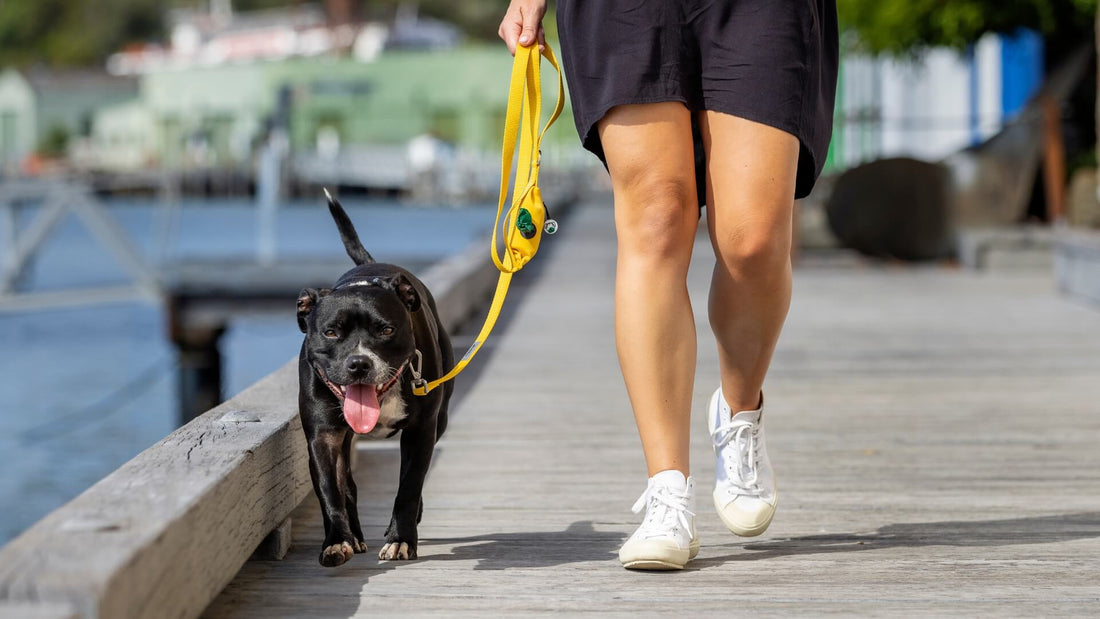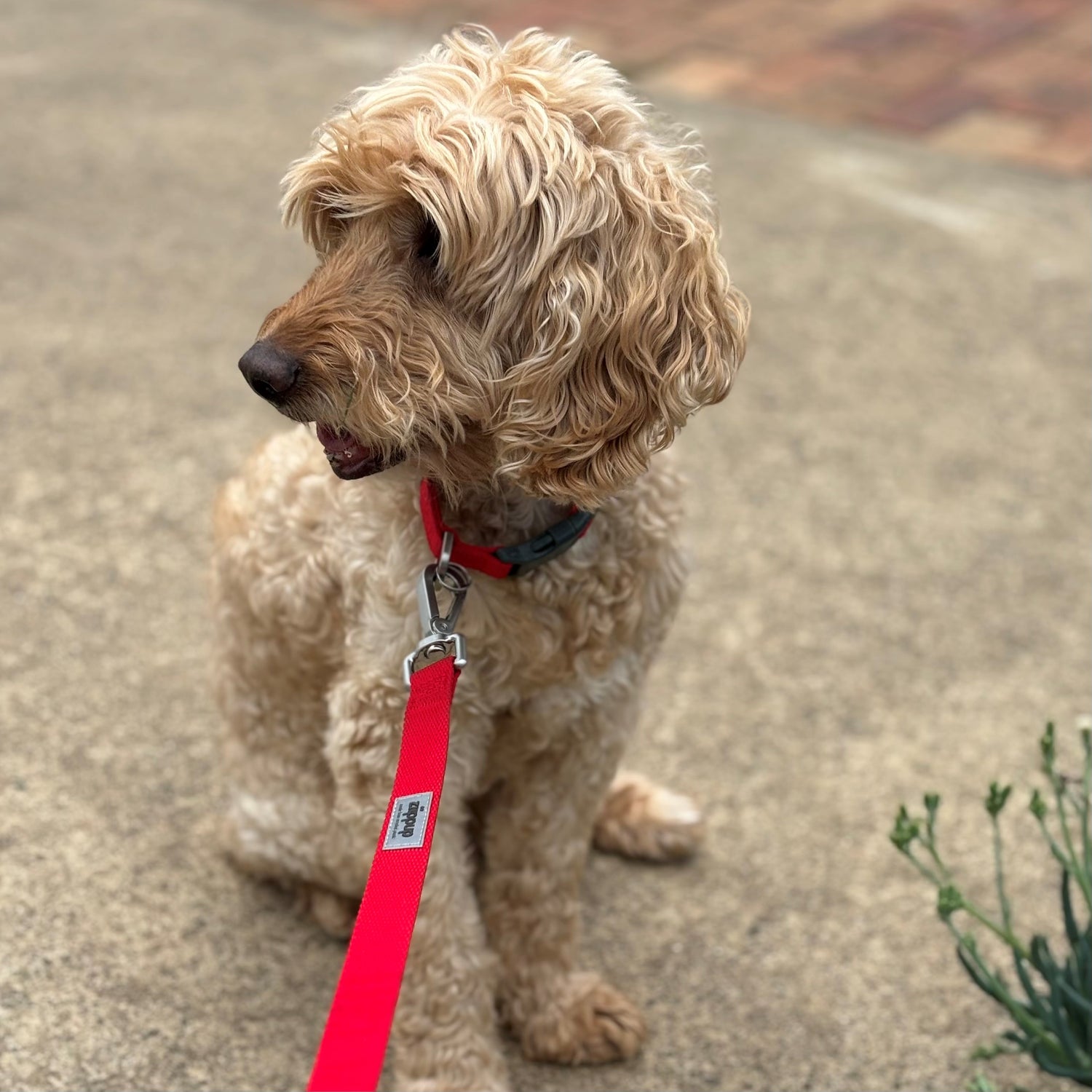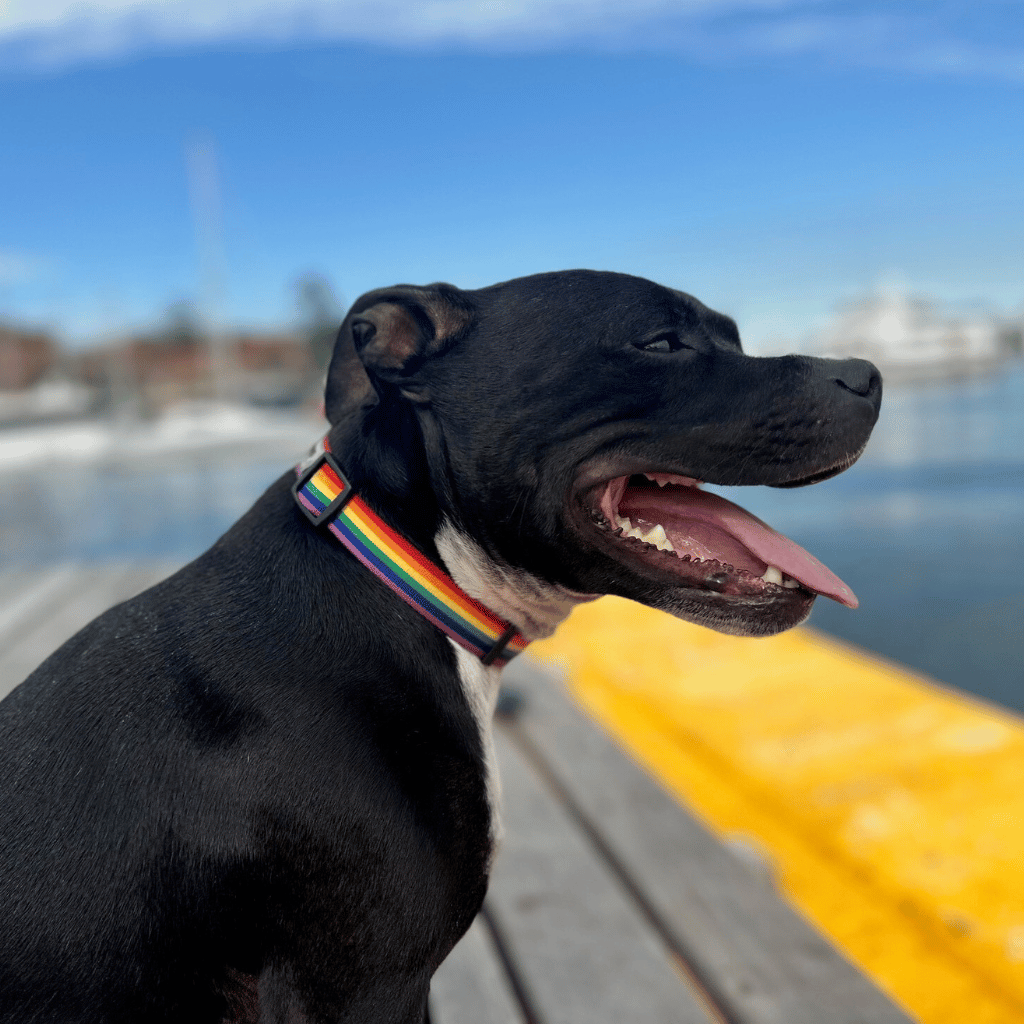
How to Train Your Dog to Walk Nicely on a Lead
A relaxed walk can be one of the best parts of your day, until your dog starts pulling like a freight train or zigzagging through traffic. Sound familiar? If you're wondering how to train a dog to walk on a lead without the chaos, you're not alone.
Lead walking is one of the most common training hurdles for dog parents. But with a few simple techniques and a little patience, training a dog to walk on a lead can turn walkies into a much calmer experience.
Lead Training a Dog Starts with Consistency
The most important part of lead training a dog? Consistency. Dogs learn through repetition, so stick to the same routine and cues each time. Use a clear, calm command like “let’s go” or “walk” when you start moving, and reward your dog when they stay close without pulling.
Keep your sessions short and positive to begin with, especially for puppies or easily distracted dogs. If your dog pulls ahead, stop walking. Wait until the lead loosens, or call them back to your side before continuing. They’ll quickly learn that pulling gets them nowhere.
How to Train a Dog to Walk on a Lead With Treats and Timing
Rewards are your best tool here. Use high-value treats they don’t get every day, like tiny bits of cooked chicken or cheese. Reward them for checking in with you, walking beside you, or following your cue.
The timing matters. Praise or treat as soon as they do the right thing, not five seconds later. That quick feedback helps them connect the behaviour to the reward.
For pups who get easily distracted outside, practise in your yard or hallway first. Once they’ve got the hang of it, build up to busier spots.
Training a Dog to Walk on a Lead Takes the Right Gear
Your training efforts will only go so far if your gear isn’t working with you. Choose a well-fitted harness or collar and a lead that gives you control without being bulky or restrictive. Ziippup dog leads are designed to make life easier with a built-in pouch to hold treats, poop bags, and your essentials. No fumbling around. No swinging attachments.
We also recommend using our compostable dog poop bags during training walks. They fit neatly into the lead’s zip compartment, so you’re never caught out mid-walk.
Wondering what to pair your lead with? You might want to check out the advantages of waterproof dog collars, especially if you’ve got a beach-loving or puddle-hopping pup.
Troubleshooting Common Lead Training Hiccups
Even with the best intentions, training a dog to walk on a lead doesn’t always go to plan. Here are a few common hiccups and what to do:
- Pulling like mad: Go back to basics. Reward when the lead is loose, and stop immediately when they pull.
- Freezing or sitting mid-walk: Try changing direction or using a cue they know (like “sit”) before restarting.
- Getting tangled in the lead: Keep your lead short but not tight. If your pup weaves a lot, practise turns and direction changes.
Remember, your dog isn’t being “naughty.” They’re just learning. Stay calm, be clear, and celebrate the small wins.
Our Final Tips on How To Train Your Dog Top Walk on a Lead
Every dog learns at their own pace. Some pick up lead manners quickly, while others need more repetition. Don’t compare your walks to anyone else’s. Instead, focus on progress and on making each walk a little smoother than the last.
And if you're wondering which lead works best for your pup’s size or habits, take a look at our blog to see what type of dog lead is best. It breaks down different options based on lifestyle, behaviour, and everyday needs.
With the right gear, the right mindset, and a bit of patience, you'll go from tug-of-war to tail-wagging strolls before you know it.



